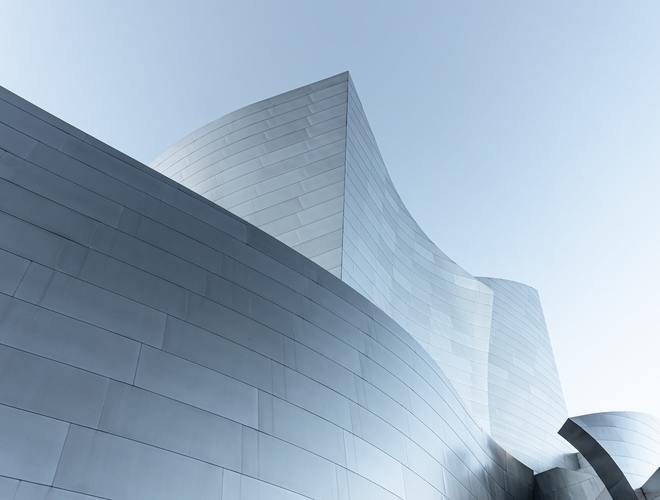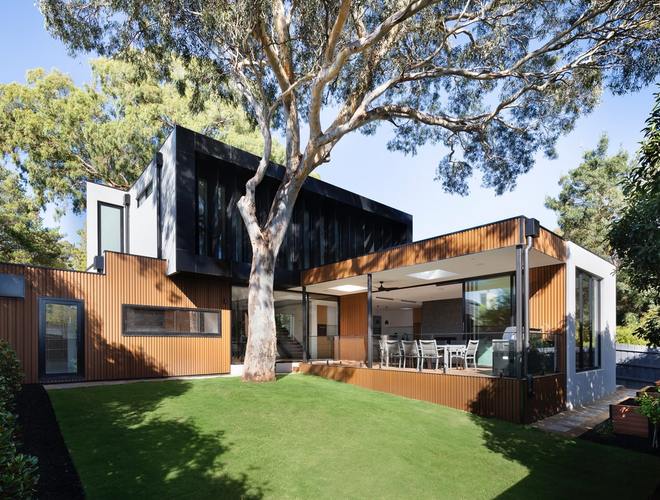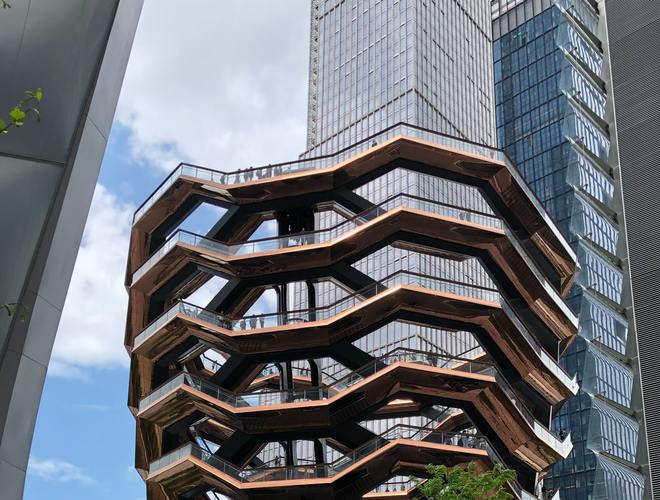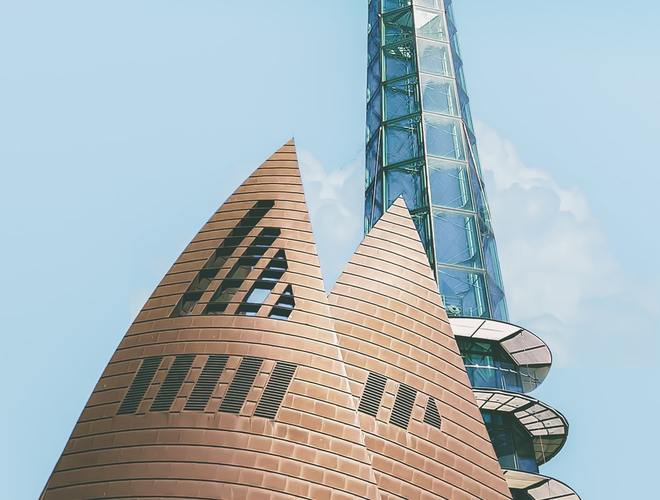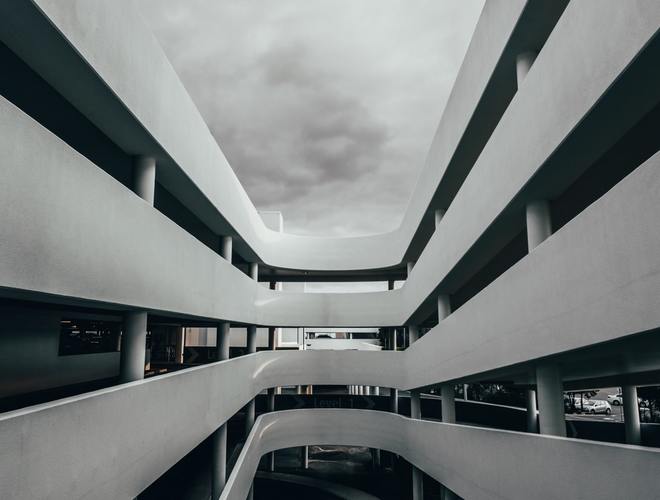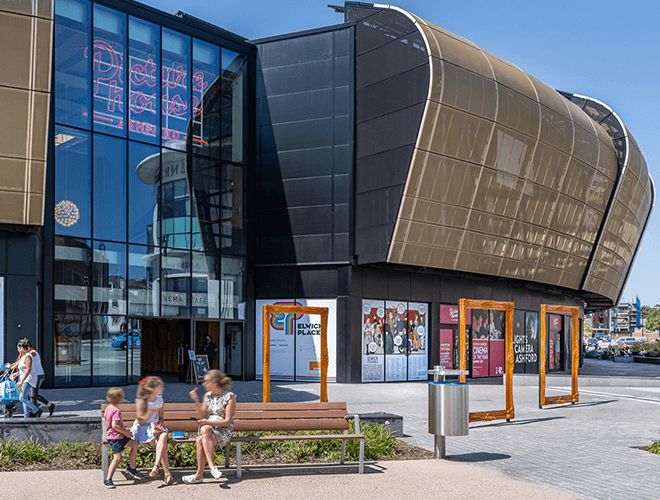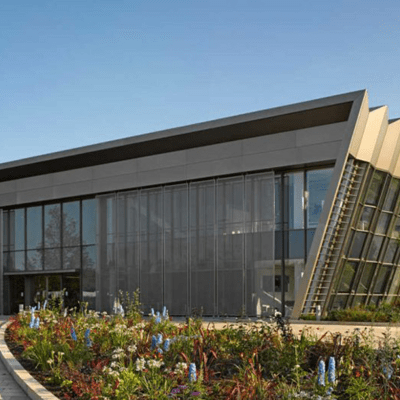
Author
Bailey
I’m often involved with architects and designers at very early stages of a project before the project has even been submitted for planning. It’s a very interesting stage of a project when the building is an architectural canvas to the imagination, a literal blank piece of paper for the designer to craft something iconic.
It is at this stage of a project where the conversation will obviously turn to what materials are we using on the façade? This will often be influenced by existing architecture in the area, and the statement the client wishes to make with his building.
Are we going to use aluminium cladding or stone/natural products on our façade? This is usually the first decision to be made.
So, in this article, I’m going to try and outline the pros and cons of both. But first, let me address the elephant in the room: I only supply metal rainscreen. However, aluminium rainscreen cladding may not always be the best choice for every building, so my objective of this article is to assist you in making an informed choice.
So let’s jump straight in and start looking at the required criteria and how each perform:

Whilst the above graph may look slightly damming on Stone on face value, the fact is that Stone and Natural products have their place, and when it comes to marbled and multi-faceted colour stone, they are virtually impossible to replicate on an aluminium or metal product.
Design is all about creativity, and ‘beauty is in the eye of the beholder’, so if you really like stone, then go for it!
Let me go into a bit more detail on the above criteria
Cost
Simply put aluminium is a lot cheaper than stone.
Weight
Aluminium is a heck of a lot lighter than stone. For example, a 60mm panel of Limestone would weight circa 150kg per sqm and an aluminium panel would weigh circa 8.5kg.
Flexibility
Aluminium is very flexible and can be formed into pretty much any shape or form you want. Stone and natural products tend to be restricted to flat slabs or panels.
Availability
Both aluminium and stone cladding products are readily available from a number of suppliers across Europe.
Lead time
Aluminium cladding is generally on quicker lead time to get to the site than stone. This is because stone for a project requires a bulk order from a quarry which has to be extracted specifically for the project.
Ease of replacement
Depending on which aluminium cladding system is designed, it can be tricky to replace. Fully secret-fix systems sometimes require surrounding panels to be removed to get one out, however, the panel itself is easy to procure and match with the existing. Stone panels, again depending on the system designed, may have to remove surrounding panels. With a stone product, matching in with the existing panels can produce a problem as everything on the original scheme came from the same batch of stone.
Range of Finishes
There is a HUGE range of finishes available in aluminium, there are over 200 RAL colours, each with different gloss levels, a big range of anodised finishes, add in shot-peening, brushing, grinding, polishing to each finish, the range is nearly infinite! Stone is slightly more restricted.
Hopefully, this article isn’t too biased towards metal but will give you a bit of a steer and help you make your decision on what material to use.
Feel free to reach out to discuss any project-specific queries you may have.
Related Work & Articles



